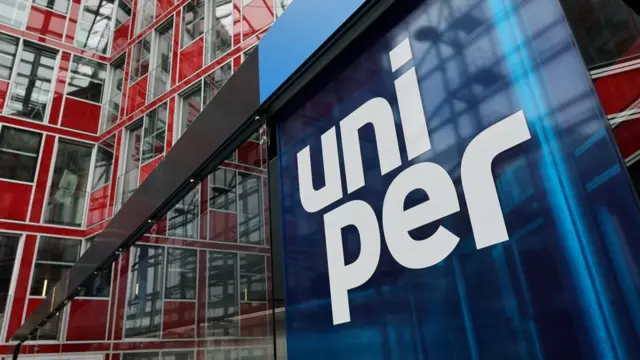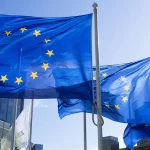Uniper Launches Green Finance Framework to Accelerate Decarbonization Strategy

- Framework enables issuance of Green Bonds and Loans to fund renewable and low-carbon energy projects.
- Aligned with EU Taxonomy, UN Sustainable Development Goals, and European Green Bond Standard.
- Supports Uniper’s €8 billion investment plan to reach carbon neutrality by 2040.
Financing Europe’s energy transition
Uniper has published its inaugural Green Finance Framework, setting a structured basis for raising capital to fund its transformation from a conventional power generator to a clean-energy company. The framework outlines how Uniper will issue and manage green financing instruments—including Green Bonds and Green Loans—directly linked to projects that reduce greenhouse-gas emissions and advance the European Union’s energy transition agenda.
Aligning capital with EU and UN standards
The framework aligns with the EU Taxonomy Regulation, the Green Bond Principles of the International Capital Market Association (ICMA), and the Green Loan Principles of the Loan Market Association (LMA). By adopting these standards, Uniper ensures that its debt issuances meet the same disclosure and integrity thresholds expected by European regulators and sustainable investors.
Proceeds will be channelled into projects with measurable environmental benefits. These include wind, solar photovoltaic, and hydropower generation, as well as hydrogen production and low-carbon gas power generation. Nuclear projects may also qualify, provided investors are notified in advance of any allocation to such assets.
S&P Global Ratings issued a Second Party Opinion confirming the framework’s compliance with international sustainability and reporting norms. Both the framework and the opinion are publicly available on Uniper’s investor relations website.
Capital markets to fund decarbonization
The framework provides Uniper with a versatile tool to diversify its funding base as it reshapes its capital markets profile after several turbulent years in the European energy sector. The company, which was stabilised through state intervention during the 2022 gas crisis and has since returned to private ownership, is now repositioning itself around renewables, hydrogen, and flexible generation assets.
RELATED ARTICLE: Tikehau Capital Raises €1B to Accelerate Egis’ Global Growth and Decarbonization Strategy
Chief Financial Officer Jutta Dönges said the company plans to invest around €8 billion by the early 2030s to deliver its 2040 carbon-neutral goal. “With the publication of our Green Finance Framework, we have taken the next step towards delivering this strategy,” Dönges said. “The framework is also a key step in re-shaping Uniper’s capital markets profile and securing a variety of options to future funding.”

Further details on the timing, volume, and terms of the first issuance will be announced closer to launch.
Governance and investor transparency
Uniper’s framework embeds strict governance processes for project selection, fund management, and impact reporting. Eligible investments must demonstrate alignment with EU environmental objectives—particularly climate-change mitigation—and will be tracked and reported annually to investors. Uniper will also restate previous emissions baselines to ensure comparability over time as methodologies evolve.
By tying capital-raising directly to environmental outcomes, Uniper aims to reinforce investor confidence in its transition plan and enhance transparency around its decarbonisation pathway. The move comes amid growing regulatory scrutiny over the credibility of green financing, with the European Green Bond Standard expected to tighten verification and disclosure requirements for issuers.
Broader implications for Europe’s energy finance
For investors and policymakers, Uniper’s framework highlights how Europe’s legacy utilities are increasingly turning to labelled finance to support system-wide decarbonisation while maintaining energy security. By including technologies such as hydrogen and low-carbon gas, the framework reflects the pragmatic approach now shaping the EU’s transition—balancing emissions reduction targets with reliability concerns.
As the EU and global capital markets deepen their integration of taxonomy-aligned instruments, Uniper’s adoption of these standards positions it to attract sustainability-linked capital at competitive rates. The company’s approach will likely serve as a reference point for other large emitters seeking to finance transition strategies under evolving European rules.
Uniper’s forthcoming issuances under the Green Finance Framework will therefore be watched closely—not only for their scale and pricing, but also for how they translate green financing into measurable progress toward Europe’s 2040 climate-neutral objectives.
Follow ESG News on LinkedIn












